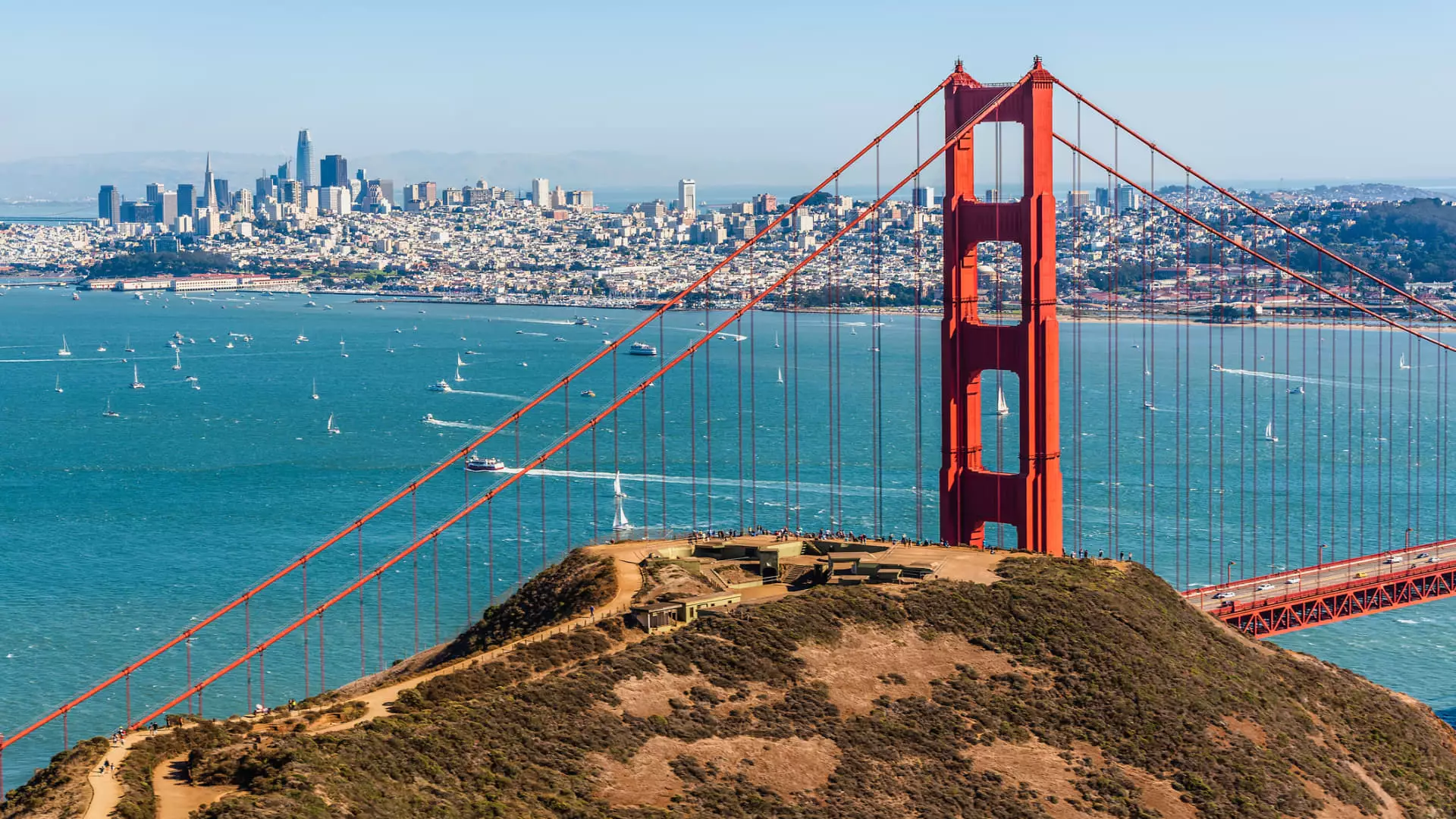In an era defined by technological innovation, the United States is channelsing affluence at an astonishing rate. The latest figures reveal that the U.S. is home to more than a third of the world’s millionaires and billionaires, a glaring testament to the wealth disparity that has increasingly defined the American landscape. According to a report from Henley & Partners, there are over 6 million liquid millionaires in the country, a staggering 78% increase over the past decade. Yet, this growth unfolds against a backdrop of economic tension, with vast swathes of the population grappling with stagnating wages and rising living costs. The concentration of wealth in the hands of the few raises significant concerns about equity and social justice.
The Super-Millionaire Phenomenon
The phenomenon of centimillionaires—individuals with assets exceeding $100 million—further accentuates the chasm between the very wealthy and the average American. As of 2024, there are now over 10,800 centimillionaires in the United States, dwarfed only by China’s numbers. It’s astonishing that while the upper echelons of wealth multiply exponentially, millions still struggle to make ends meet, pointing to a dangerous systemic imbalance. The glaring statistics starkly illustrate a nation that champions capitalism but often fails to offer a fair playing field for its citizens.
Migration and the Shift in Wealth Hubs
Compounding this wealth discrepancy is the ongoing migration of millionaires from foreign shores. In just the past year, approximately 3,800 overseas millionaires moved to the U.S., attracted by its economic promise. However, this influx has led to escalating property prices and cost of living in regions like California and Florida, exacerbating the struggle for middle and lower-income residents. As cities like Scottsdale, Arizona, and West Palm Beach witness burgeoning populations of millionaires, the local economies increasingly tailor themselves to elite interests, often neglecting the needs of the broader populace.
The Bay Area vs. New York: A Recent Wealth Race
The fierce competition between New York and the Bay Area for the wealthiest populace also highlights a curious trend—while the traditional financial hub remains potent, Silicon Valley’s rapid growth, largely driven by advancements in artificial intelligence, poses a formidable challenge. With the Bay Area’s millionaire count booming by 98% in the last decade, compared to New York’s 45%, the question arises—what happens when the titans of tech eclipse traditional finance? The repercussions could be dire: not only in terms of economic power, but also in how urban policies adapt to increasingly disparate needs.
A Call for Change and Responsibility
As the wealth distribution patterns continue to evolve, it becomes crucial for policymakers and business leaders to confront these realities head-on. Beyond mere economic statistics lies an urgent need for structural reforms that address the growing divide. The emergence of this ‘wealthy elite’ should serve as a wake-up call for society. Change is imperative, yet it requires a collective responsibility—one that insists on equitable taxation, access to quality education, and adequate healthcare for all. The time for complacency is over; the stakes are too high, and action must follow to ensure that the American dream remains attainable for everyone, not just the privileged few.


Leave a Reply